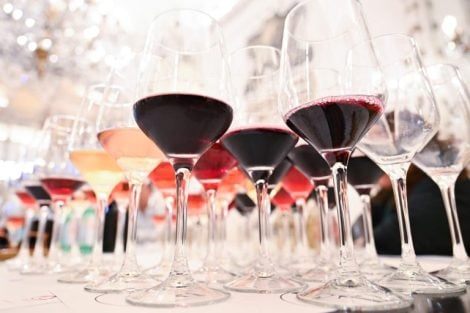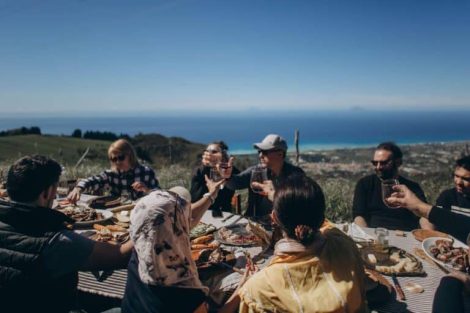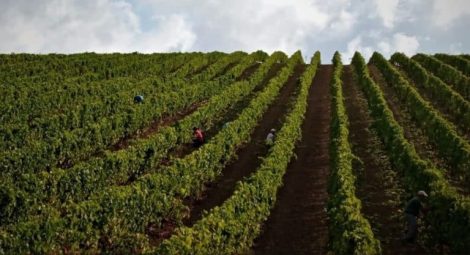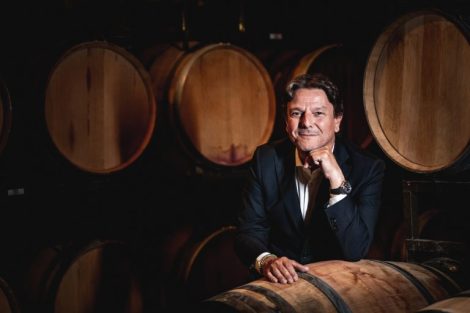Maremma's white wines see an irresistible growth of Vermentino, and the coming years will confirm the validity of this choice. On the red wine front, it lives on certainties, and Morellino di Scansano is one of them. A red wine that has an approachable image and appeal to the general public, but also capable of touching on memorable wines from the best vineyards. There are truly many landscapes that intersect when crossing Maremma Toscana. After all, the area is quite vast: 4500 square kilometers that extend in southern Tuscany, in the province of Grosseto, ranging from the hills that rise towards Monte Amiata to the stretch of coast between Follonica, to the north, and Capalbio, to the southern borders with Lazio. A territory of this size obviously cannot but be characterized by very diversified pedoclimatic situations. Hills alternate with vast flat areas; Mount Amiata, an ancient extinct volcano, dominates with its mass over the Orbetello lagoon; the promontory of Argentario and the island of Giglio complete the picture with their breathtaking beauty.
And in this vast territory, in many areas still rough and wild, wine has been produced practically forever, with many testimonies dating back to the Etruscan populations. There are also many denominations. The largest one, which includes the entire province of Grosseto, is the Maremma Toscana DOC: its ampelographic base is truly wide-ranging and includes classic Sangiovese, the most famous internationals, through Alicante (Grenache), Ansonica, Viognier: lately, there is a lot of focus on Vermentino, regarding which we give you some advice.
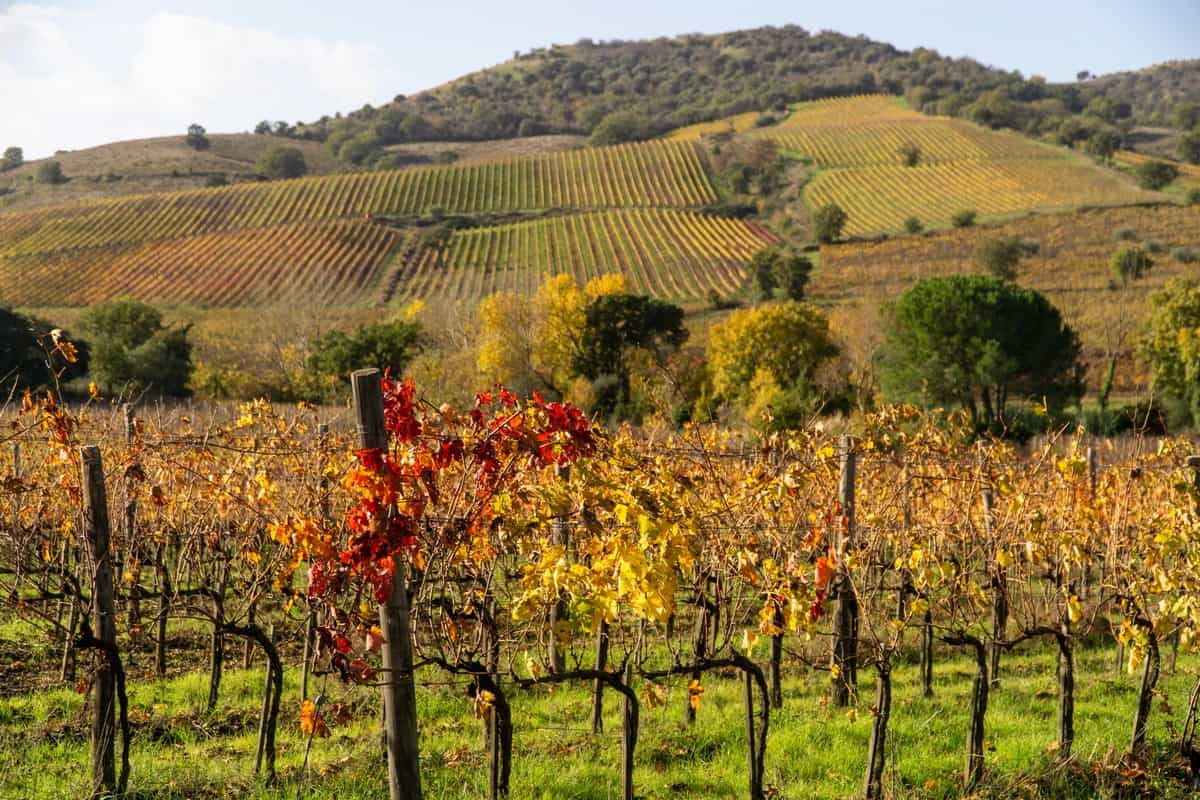
In the following list, you will find wines from two other Maremma denominations: the DOCG Morellino di Scansano, where Sangiovese reigns supreme in an area within the hilly range that dominates the Albegna and Ombrone rivers; and the denomination Montecucco, neighboring Montalcino, also predominantly dedicated to Sangiovese.
Maremma Toscana wines with the best value for money
The Morellino di Scansano Ribeo 2021 is one of the wines presented this year by Roccapesta, which this year celebrates its 30th anniversary. It was in 2003 when Alberto Tanzini, a Milanese manager, decided to change his life and dedicate himself to viticulture. Today, this reality is now a reference point for the territory, thanks to production choices rooted in tradition. The use of the oldest vineyards, such as those of the Calestaia vineyard, large wood and a very prolonged stay in the bottle, produce wines with a refined stylistic character, of beautiful personality and long-lived, only a few years ago unthinkable in Scansano.
The Manolibera 2020 by Muralia, a blend of Sangiovese, Cabernet Sauvignon, and Merlot, has fine aromas, with small red fruits alternating with spicy and smoky touches. In the mouth, the sip is fragrant and with savory tannins, leading to a finish with pleasant fruity returns. Stefano and Chiara Casali arrived in Maremma from Milan in 2003 and after a period of analysis of the territory, they began their winemaking project. The main nuclei of the vineyards are planted in two plots with different soils: Poggiarelli, with alluvial soils, and Sassofortino, predominantly clayey-calcareous. The style of the wines is generally modern, but in the labels of the Roccastrada company, there are no forced or excessive uses of wood for aging, and their character is not lacking in grit, freshness, and character.
The small production reality Fattoria Le Spighe by Giancarlo Francia produces significant whites, often capable of asserting themselves for impeccable execution and personality. And the Vermentino Eraora, probably, is the most successful, at least for its constant ability to remain among the best. The 2021 version has aromas of lime flowers, citrus hints, and ripe yellow fruits. In the mouth, the sip is juicy and with a sapid-salty taste of beautiful persistence ending in a slightly iodized finish.
The Maremma Syrah Mammeglio 2019 highlights an olfactory spectrum with tones of undergrowth, hints of small red fruits in jam, faded flowers, with vanilla, graphite, licorice, and incense finishing touches. In the mouth, the sip is dense and enveloping, with a soft and relaxed progression with a return of ripe fruit alongside tight and sweet tannins, ending in a balsamic finish still with notes of vanilla.
Tasty is the Ansonica 2022 Costa dell'Argentario, with aromas of flintstone, iodine, and wild herbs, and a continuous and relaxed mouth, closing with a marked saline note. The Giuntini, bankers from Florence, acquired the La Parrina estate in 1834. In 1905, Maremma underwent a profound agrarian transformation, and La Parrina followed suit by reclaiming over 2,000 hectares. The farm then passed into the inheritance of Guido Giuntini's daughter, Maria Concetta, who in 1943 married Gianluca Spinola. Starting from the mid-1950s, the company developed on multiple fronts, and, from 1971, coinciding with the recognition of the small eponymous denomination, located among the hills of Orbetello, the first bottling under the La Parrina brand began.
The Montecucco Sangiovese 2018 by Assolati has a confident aromatic trait, with a beautiful iron character to which is added a fragrant red fruit and some floral reminiscences. In the mouth, the wine is decisive and nervous, ending sweet and tasty. It is produced by the family-owned Assolati company, located near Montenero d'Orcia, which has been producing Sangiovese with reassuring continuity since 1999, with good personality, interpreters of an area, that of Montecucco, whose potentialities are not yet fully expressed.
The Maremma Vermentino Chicca 2022 smells of lime flowers, hints of anise, and touches of ripe white fruits, anticipating an agile and fresh gustatory progression, with a savory and continuous sip. The name of Guido Formilli Fendi would directly transport us to the world of fashion (he is CEO of Cofedo and son of the stylist Franca Fendi and Luigi Formilli, to whom the company label "Fendente" is dedicated), and instead brings us to the heart of the oenological Maremma between Capalbio, Montemerano, and Manciano. It is here that in 2018, he founded the winery that bears his name, producing already well-executed and focused wines, with whites seeking fragrance and drinkability and reds to be well-balanced and tasty, with a measured use of wood, mainly small.
The Maremma Vermentino Marmato 2022 is a well-executed white, with a floral aromatic trait and a straightforward sip. The oenological rib of Terre dell'Etruria, a cooperative particularly active in the production of oil and fruit and vegetables, is located in Magliano in Tuscany and started producing wine in 2014. Still a "work in progress," but already proposing convincing labels and in full agreement with what, historically too, the oenological Maremma has always produced. Wines that are immediately pleasant, therefore, but not lacking in character and executed with authority, which have their protagonists among the vineyards of ancient cultivation: from Sangiovese to Ciliegiolo, from Vermentino to Ansonica.

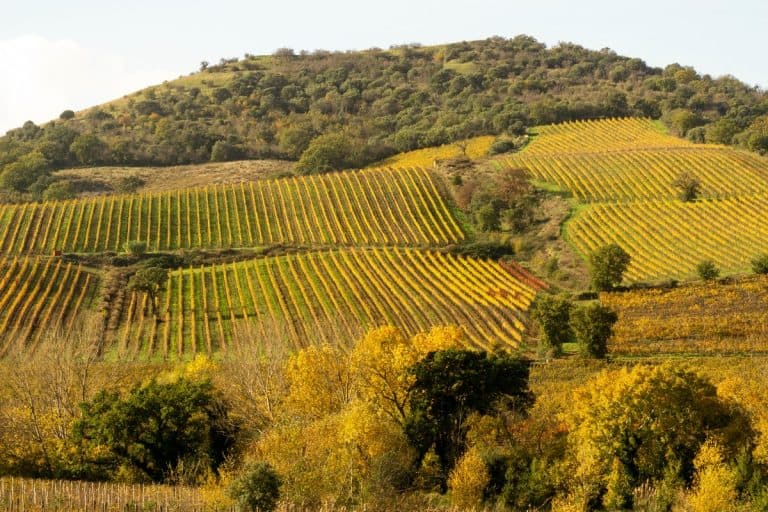
 Drinking wine is not good for you. But are we sure it's the biggest evil? What research doesn’t say
Drinking wine is not good for you. But are we sure it's the biggest evil? What research doesn’t say "Dealcoholised? We are ready to invest in Italy too" In Zonin1821's financial report, no-low wines gain ground
"Dealcoholised? We are ready to invest in Italy too" In Zonin1821's financial report, no-low wines gain ground "25% tariffs on EU products": Trump's announcement. A €2 Billion blow to Italian food exports
"25% tariffs on EU products": Trump's announcement. A €2 Billion blow to Italian food exports One of Italy’s best young chefs opens a restaurant in Orvieto
One of Italy’s best young chefs opens a restaurant in Orvieto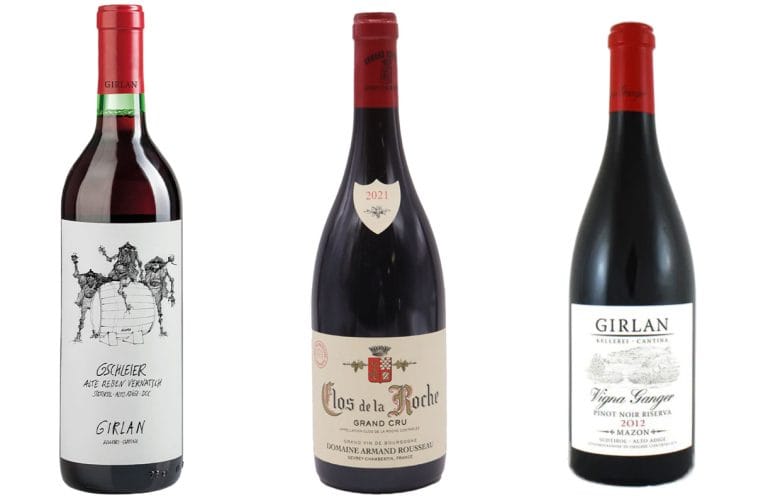 Girlan’s reds challenge Burgundy. Schiava and Pinot Noir hold their own against Clos de la Roche
Girlan’s reds challenge Burgundy. Schiava and Pinot Noir hold their own against Clos de la Roche